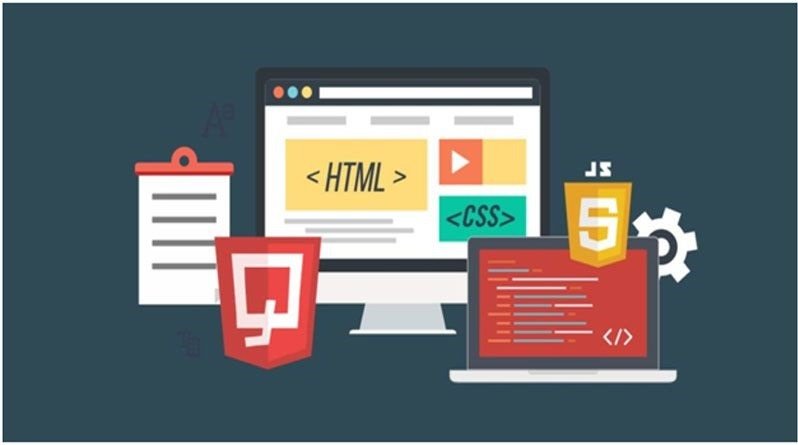
What is Frontend Development ?
Frontend development refers to the practice of creating the user interface (UI) and user experience (UX) of a website or application. It involves the design and implementation of the visual and interactive elements that users interact with directly.
Career Path of a Front-end Developer :-
The career path of a front-end developer typically involves several stages of professional growth and learning. Here’s a general outline of the career progression:
Junior Front-end Developer: This is usually the starting point for many front-end developers. As a junior developer, you’ll have a basic understanding of HTML, CSS, and JavaScript. You’ll work under the guidance of more experienced developers, assisting in implementing and maintaining website features, fixing bugs, and learning best practices.
Mid-level Front-end Developer: With more experience and knowledge gained, you’ll progress to a mid-level front-end developer. At this stage, you’ll have a solid grasp of HTML, CSS, and JavaScript frameworks. You’ll be capable of independently implementing complex UI designs, optimizing website performance, and collaborating effectively with designers and backend developers.
Senior Front-end Developer: As a senior front-end developer, you’ll have extensive experience in building large-scale web applications and a deep understanding of front-end technologies and best practices. You’ll be involved in architectural decisions, mentoring junior developers, and collaborating closely with the design and backend teams. You may also have expertise in specific front-end frameworks or tools.
Front-end Architect/Lead Developer: At this stage, you’ll have a broad understanding of front-end technologies and the ability to design scalable and maintainable frontend architectures. You’ll provide technical leadership, set coding standards, and ensure the overall quality of frontend codebases. You may also be responsible for evaluating and adopting new technologies or frameworks.
Front-end Manager/Director: In this managerial role, you’ll lead a team of front-end developers, coordinate projects, and oversee the development process. You’ll collaborate with other stakeholders, such as product managers and designers, to align frontend development with business goals. Additionally, you’ll be involved in hiring, mentoring, and guiding the career growth of your team members.
Specializations: Along the career path, front-end developers may choose to specialize in specific areas, such as user experience (UX) design, mobile app development, responsive design, performance optimization, accessibility, or frontend frameworks like React, Angular, or Vue.js. Specializations can enhance career prospects and open up opportunities for more specialized roles.
It’s important to note that the career progression may vary depending on the organization, industry, and individual goals. Continuous learning, staying up-to-date with emerging technologies, and building a portfolio of projects are crucial for career advancement in front-end development.
